Illiotibial Band Syndrome
A Physio Pearl from one of our future physios.
So you have been told you have Iliotibial band syndrome (ITBS), or maybe you’re experiencing pain on the outer side of your knee. What should you do?
Well first step, probably not foam rolling. At least not how many claim it should be done.
Now I am not against foam rolling, I want to make that clear. But in this case I still see many people advocating to “roll out” your ITB because it is “super tight” and will therefore lengthen with some deep rolling.2
This has been common place due to the original theory that ITBS was a friction injury. This meaning that it was so tight, it was rubbing back and forth against other structures to cause pain.1 So in theory, if you could lengthen it you would have a decrease in pain.2 Well yes and no.
That theory has since been overlooked, and it is now known that this is a compressive injury.1 So yes, whilst the ITB does get tight, it is compressing on structures to cause the pain. What happens when you foam roll? You are compressing muscles/ tissue/ fascia. In this case, you are further compressing an already compressed and irritated structure.
What does this mean? More pain! And besides, this band is incredibly strong! Will you really have any effect with a foam roller or even massage on the band itself? Probably not, just more compression.2
However, where foam rolling can be effective is to roll a little higher at the glute muscles, particularly on the side of your hip. Rolling this can be effective and has been shown to increase the range of motion an otherwise ‘tight ITB’ can prevent.2
This can be great for some short-term relief, but what is the cause of your pain?
Well, your Physiotherapist can provide you with an individualised assessment and treatment plan to understand why your ITB is compressing this way and rid you of that nasty outer knee pain.
1. Fairclough et al 2007. Is iliotibial band syndrome really a friction syndrome? JSMS 10(2), 74–76.
2. Hall & Smith 2018. The Effects of Acute bout of Foam Rolling on Hip Range of Motion on Different Tissues. IJSPT, 13(4).
Lewis Jaksic, Student @exercisethought


